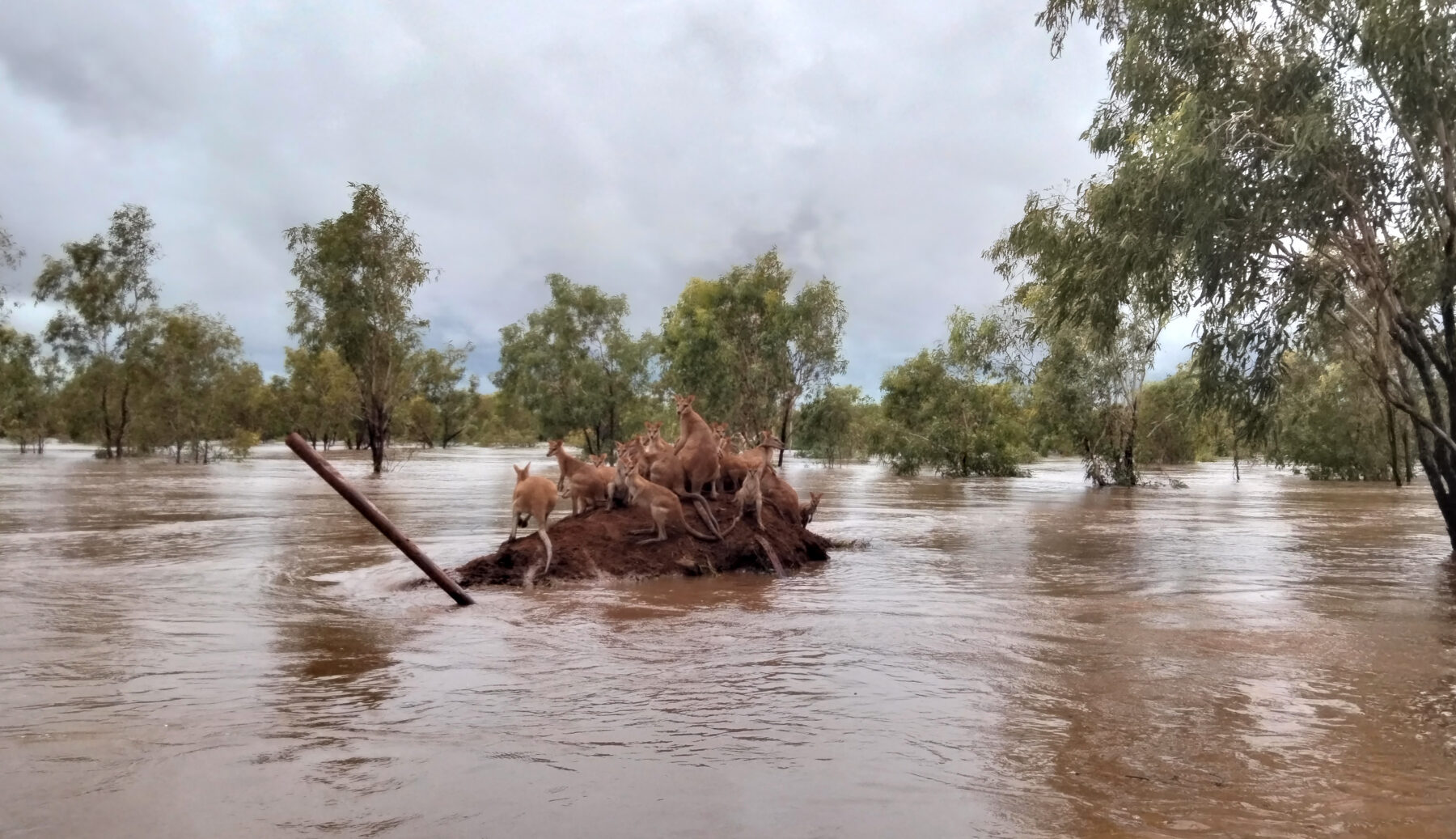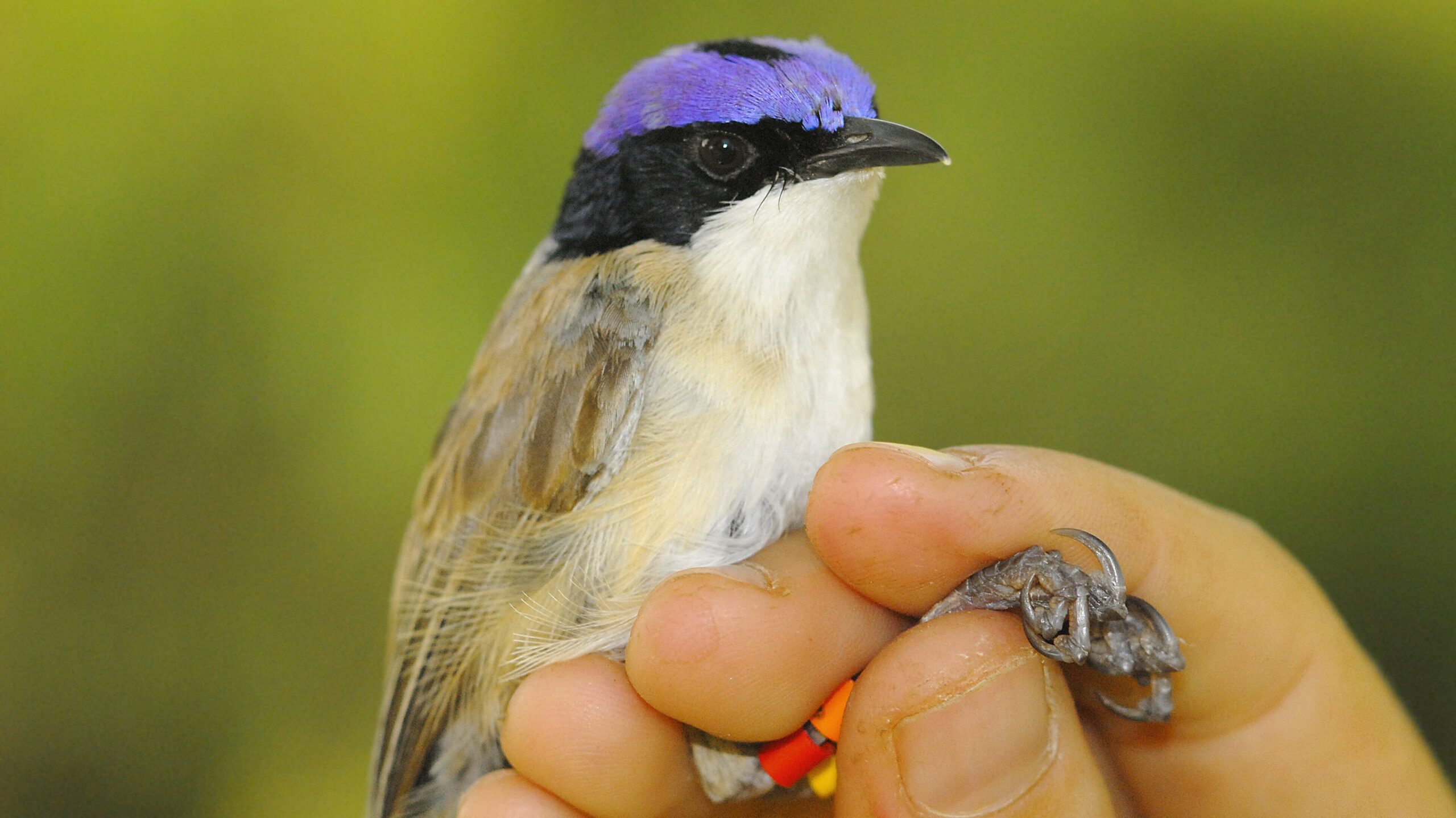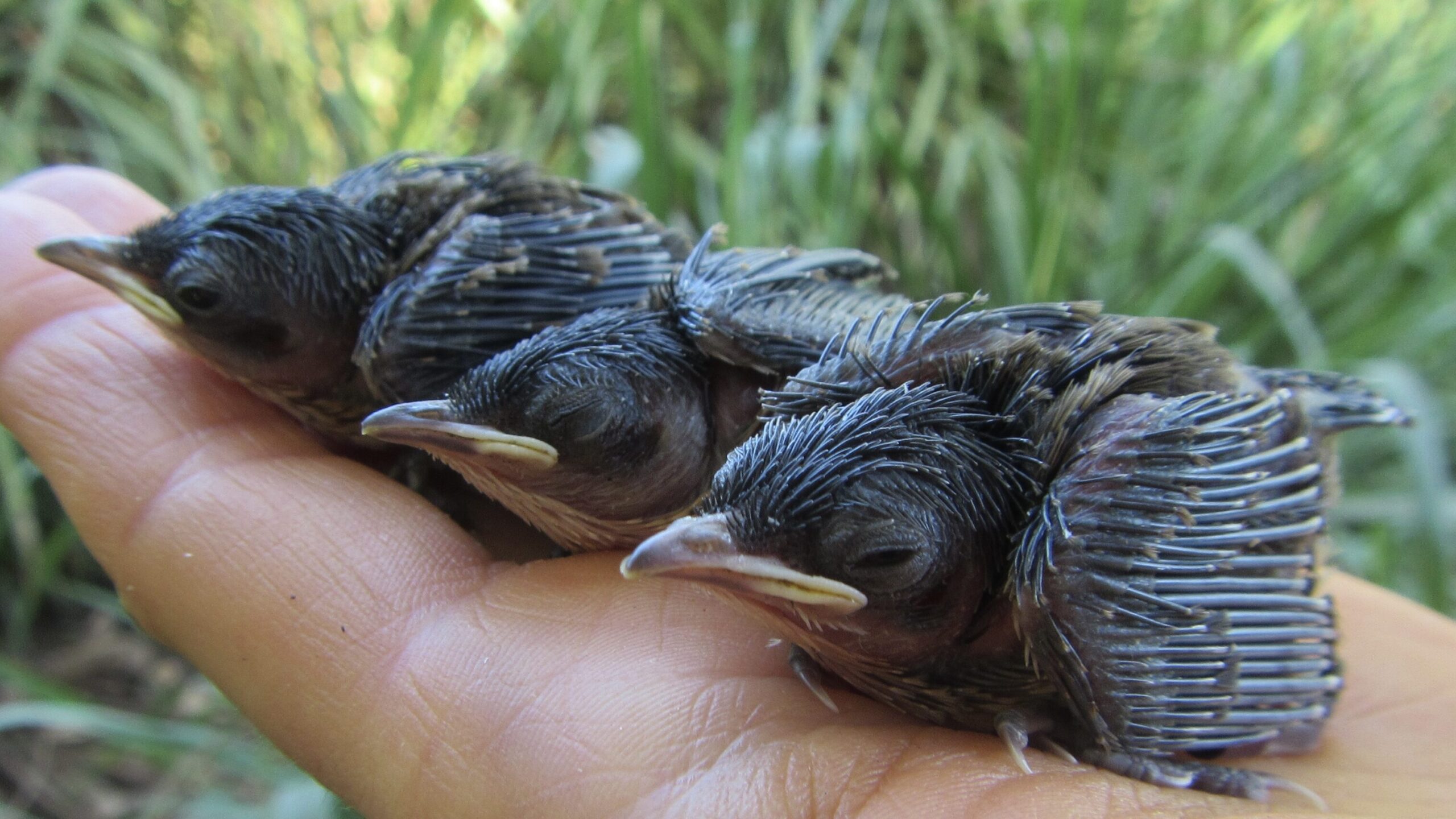Endangered fairy-wrens survive Kimberley floods

When ex-Tropical Cyclone Ellie inundated the Kimberley with record flooding earlier this year the region and its inhabitants experienced large-scale devastation.
This included the area’s native wildlife, with mass loss of life and habitat.
But now, amidst the loss, there’s some good news to share.
A population of purple-crowned fairy-wrens at Australian Wildlife Conservancy’s Mornington-Marion Downs Wildlife Sanctuary have survived.
AWC researchers found the endangered birds when they recently returned to the area for the first time since being evacuated during the January floods.

A group of 242 individuals were discovered, a slight decline compared to 256 birds in November 2022 (pre-flooding).
“Although the fairy-wrens have taken a bit of a hit from the flood, they are doing well considering,” says Ian Hoppe, a Monash University PhD student working with AWC.
“About three quarters (74%) of the adult birds that were present in a census of the population at the end of 2022, just before the floods, are still alive now. This survival rate is lower than we usually observe over the November to May time period, however it is not as devastating as we might have expected from such an extreme flood event.”

Not only did the population survive, the birds are in the process of breeding. The team discovered 24 out of the 67 breeding groups with fledglings.
Monash University Associate Researcher Dr Niki Teunissen says this a huge relief given that all active nests had been washed away in the floods.
“Although surprising to see that the birds are still breeding this late in the season, we’re not entirely shocked,” Niki explains.
“We have noticed that in wet years birds often keep breeding for longer. Presumably this is partly because in very wet years, floods frequently wash away nests, and birds don’t breed successfully until later in the season.”
Overall, the AWC team are impressed by the purple-crowned fairy-wren’s ability to survive the extreme flooding.
“We are confident that the population will bounce back,” says Niki.

Purple-crowned fairy-wrens (Malurus coronatus) are listed as Endangered in Western Australia (the western subspecies), and Near-threatened in the Northern Territory (the eastern subspecies).
The species’ main threats are loss of habitat, feral herbivores, and wildfires. The impact of increased flood frequency was also identified as a medium-level threat in the 2020 Action Plan for Australian Birds.


